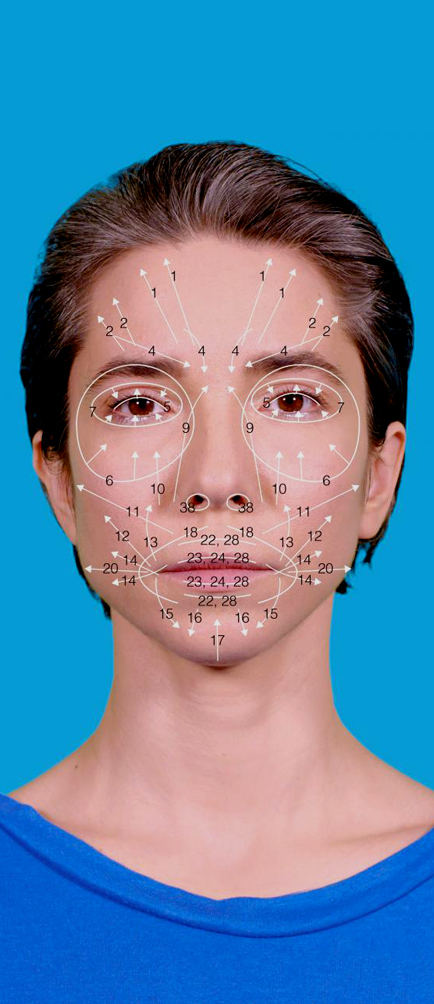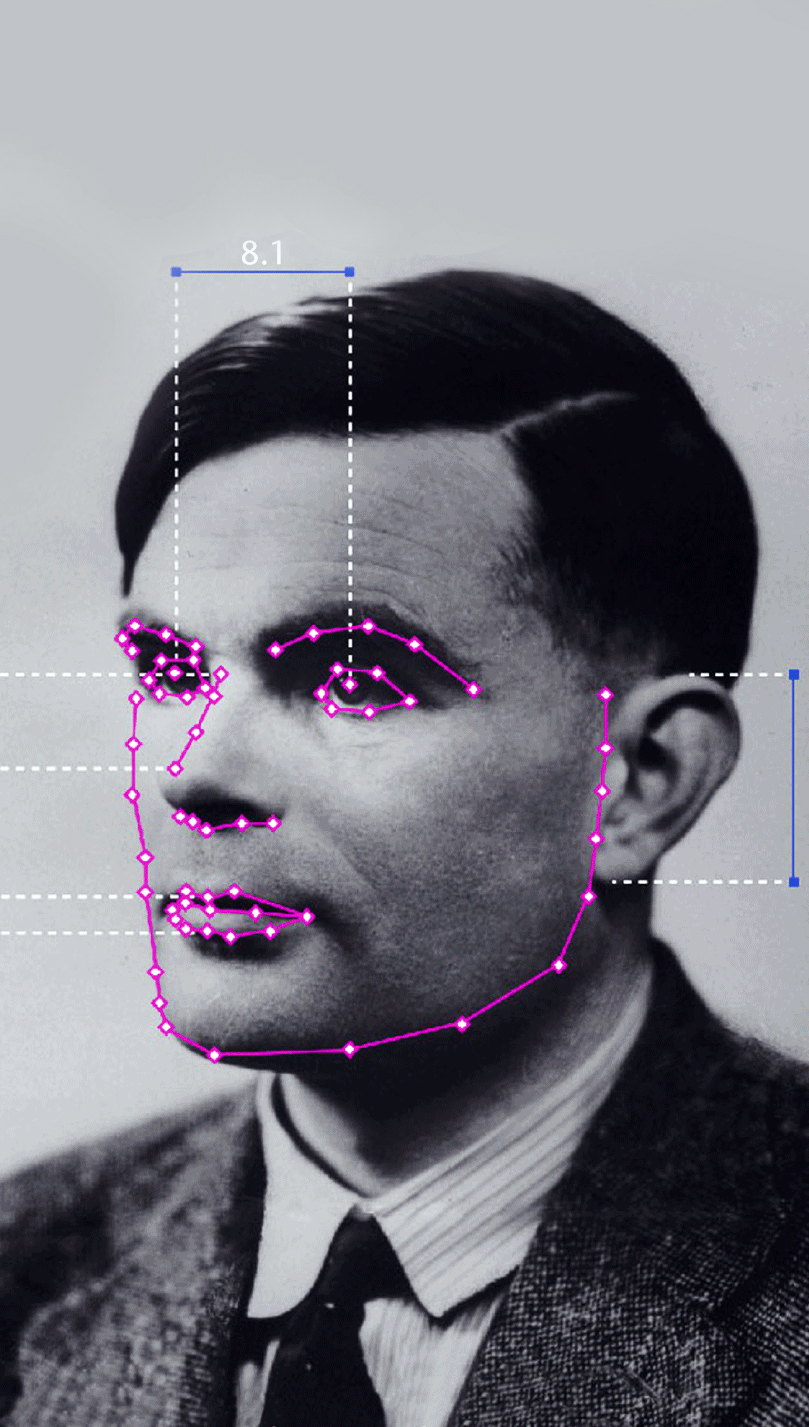
Coralie Vogelaar
Random String of Emotions
Emotion recognition software analyzes our emotions by deconstructing our facial expressions into temporal segments that produce the expression, called Action Units (AU; developed by Paul Ekman), and breaking them down into percentages of six basic emotions, happy, sad, angry, surprised, scared, and disgusted. In this video the artist uses this decoding system to turn the process around. Here – instead of detecting AUs – a computer is used to generate a random string of AUs. In this way complex and perhaps even nonexisting emotional expressions will be discovered. These randomly formed expressions, played in random order, are then analyzed again by professional emotion recognition software.







